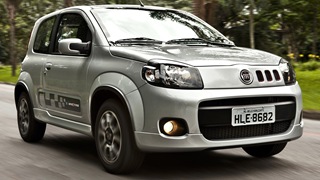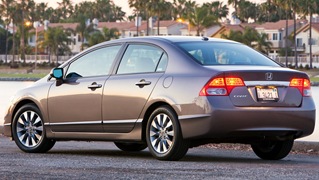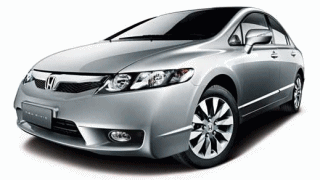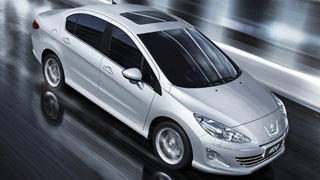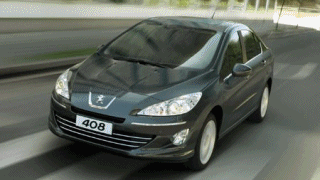Download Breathalyzers Read 20-40% Higher in DUI Cases; Cover-up Revealed photo. Find Breathalyzers Read 20-40% Higher in DUI Cases; Cover-up Revealed images.
Wallpaper Breathalyzers Read 20-40% Higher in DUI Cases; Cover-up Revealed
DC Breathalyzer Calibration QuestionedWASHINGTON - A man hired to supervise the Breathalyzer unit of the D.C. Police Department is blowing the whistle on what he says are a decade of questionable test results.
Writing in a memo to the D.C. Attorney General he said the officers running the program rarely, if ever, performed accuracy tests on the machines used to measure the blood-alcohol content of drivers suspected of D-W-I.
Two and a half months after taking over the Breath Alcohol Testing Program, Ilmar Paegle, a retired U.S. Park Police officer, wrote a detailed four page memo in which he claims the protocol to ensure the machines were properly calibrated has not been followed since at least 2000. That’s a claim the D.C. Attorney General Office calls just an "opinion."
But Paegle lays out his case in a memo now in the court file of a man convicted of D-W-I. That man wants a new trial.
In the memo addressed to Assistant Attorney General Kimberly Brown, Paegle wrote,
"From my inspection of the instrument files (the machines) have never been checked for accuracy even though an accuracy test is the only legal requirement a breath testing instrument must meet in the District of Columbia."
Paegle continued, "The calibration has to be verified by accuracy tests, and these legally mandated tests of (the machines) apparently have never been done."
David Benowitz represents Sultan Epaye, the man who wants a new trial.
"The ramifications are enormous,” said Benowitz in an interview Tuesday outside D.C. Superior Court. "It goes back for years, there are plenty of people who served jail time based on what may very well be false tests or inaccurate tests, the civil liability could be huge, it just has a huge impact on the integrity of the entire criminal justice system."
Included in the court case jacket are internal D.C. Police documents showing no accuracy tests were performed on the machines after they were calibrated. Those records go back to at least 2006.
But Sarah Branch, the Prosecutor in the case, takes issue with Paegle's claims, writing in a motion for dismissal of conviction, "Mr. Paegle's opinion is based on a review of documents that were created and kept by his predecessor, Officer Kelvin King, the former Chemical Testing Program Manager for MPD. Therefore, Mr. Paegle's opinion consists of nothing more than conjecture and assumptions."
"We strenuously disagree with that characterization," said Benowitz, "It's clear what Mr. Paegle's is saying is based on fact."
In the memo, Paegle also criticizes D.C. Police for the lack of oversight and supervision.
Back in February the Attorney General admitted his office was looking into dozens, if not hundreds of cases, after learning from Paegle the machines were improperly calibrated in the fall of 2008 and were not tested for accuracy.
What Paegle is saying today raises questions about test results as far back as 2000 or longer.
Paegle declined to comment, as did D.C. Police Chief Cathy Lanier.
Attorney General Peter Nickles referred us to the motion filed in court.
Visit Americas Top DUI and DWI Attorneys at
http://www.1800dialdui.com or call 1-800-DIAL-DUI to find a DUI OUI DWI Attorney Lawyer Now! Like? Breathalyzers Read 20-40% Higher in DUI Cases; Cover-up Revealed for wallpaper? Shar this image to Breathalyzers Read 20-40% Higher in DUI Cases; Cover-up Revealed for your friend.
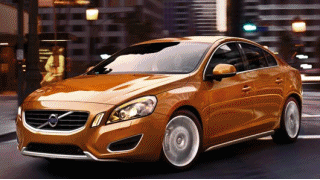 E mais uma das atrações do Salão do Automóvel desembarca oficialmente no país. Por R$ 169.900, o novo Volvo S60 chega logo na versão de topo, turbo T6, para brigar com rivais de muito peso por aqui. E podemos afirmar que arsenal para isso ele tem.
E mais uma das atrações do Salão do Automóvel desembarca oficialmente no país. Por R$ 169.900, o novo Volvo S60 chega logo na versão de topo, turbo T6, para brigar com rivais de muito peso por aqui. E podemos afirmar que arsenal para isso ele tem.

















